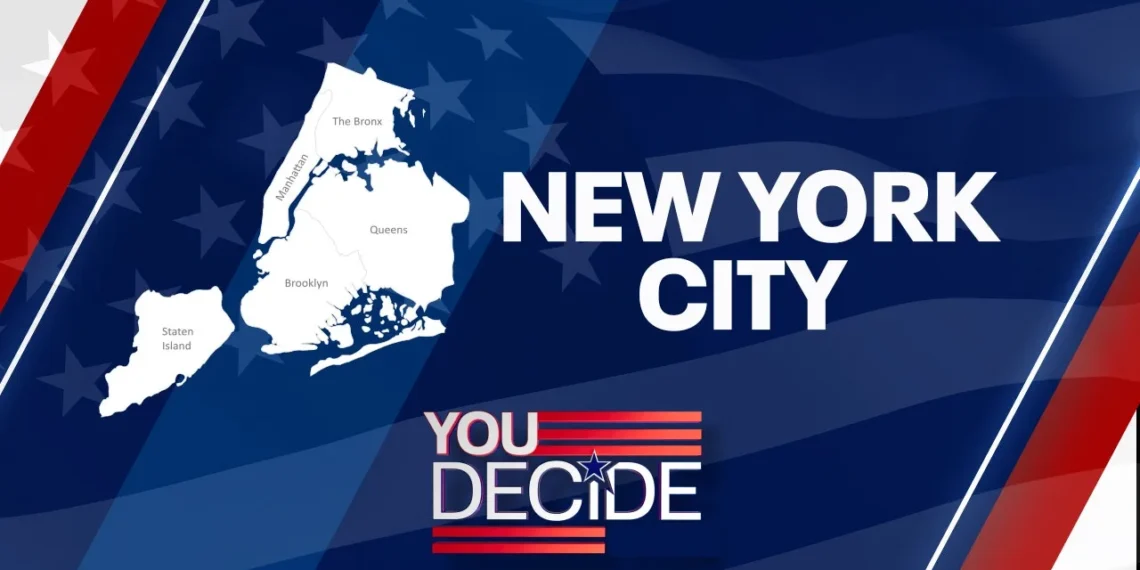The 2025 New York City mayoral election has captured global attention, largely due to the unexpected rise of Zohran Mamdani in the Democratic primary. Mamdani’s victory, widely seen as a major upset over former Governor Andrew Cuomo, has energized voters and observers alike, setting the stage for one of the city’s most closely watched political contests in decades.
As New Yorkers prepare for the general election, understanding the unique structure of the city’s mayoral race, including its use of ranked-choice voting and the dynamics that shaped this year’s primary, is essential to grasping why this election matters and what might come next.
Election Cycle and Structure
Frequency: The mayor of New York City is elected every four years, in the year immediately following a U.S. presidential election.
Jurisdiction: The election covers all five boroughs: Manhattan, Brooklyn, Queens, The Bronx, and Staten Island.
Term Limits: Mayors serve four-year terms and are limited to two consecutive terms, as reaffirmed by city referendums in 1993 and 2010.
Voting Systems
Primaries: Since 2021, New York City uses ranked-choice voting (RCV) for party primaries. RCV was adopted to avoid costly and low-turnout runoff elections and to encourage more positive, coalition-building campaigns. It allows voters to support their true preferences without fear of “wasting” their vote.
Voters can rank up to five candidates. If no one gets more than 50% of first-choice votes, the lowest-ranked candidates are eliminated and their votes reallocated, continuing until a candidate crosses the 50% threshold.
General Election: The general election uses a traditional first-past-the-post system—whoever gets the most votes wins, regardless of percentage.
Also Read: Can Trump Invoke Communist Control Act Against Zohran Mamdani?
The 2025 Mayoral Race: What’s Happened So Far
The 2025 New York City Democratic mayoral primary took place on June 24, 2025, with Zohran Mamdani emerging as the winner in a surprising victory over former Governor Andrew Cuomo.
Major Candidates
Democratic Primary:
Zohran Mamdani: State Assembly member, democratic socialist, focused on cost-of-living, tenant rights, and progressive reforms.
Andrew Cuomo: Former Governor of New York, centrist, ran on experience and stability.
Brad Lander: City Comptroller, progressive, finished third in the primary.
Other Democrats: Adrienne Adams, Scott Stringer, Jessica Ramos, Zellnor Myrie, Michael Blake, Whitney Tilson, among others.
Republican Nominee: Curtis Sliwa, activist and 2021 nominee.
Incumbent Mayor Eric Adams: Elected as a Democrat in 2021, running for re-election as an independent after skipping the primary. Adams faced and was cleared of federal corruption charges earlier this year.
The Democratic Primary: A Detailed Look
First-Choice Results: Mamdani led with 43.5% (432,000 votes), Cuomo had 36.4% (361,800 votes), and Lander 11.3%.
Ranked-Choice Dynamics: Since no candidate surpassed 50% in first-choice votes, RCV was triggered. As lower-ranked candidates were eliminated, Mamdani picked up significant second-choice support, especially from Lander’s voters and other progressives, propelling him toward a majority.
Polling vs. Reality: Pre-election polls showed Cuomo as the favorite, but Mamdani’s grassroots campaign, strong among younger and working-class voters, outperformed expectations.
Cuomo’s Status: Though Cuomo conceded after the primary, he will still appear on the general election ballot under the “Fight and Deliver” party, a line he created in anticipation of a possible primary loss.
Voter Turnout and Trends
Turnout: The 2025 Democratic primary saw unusually high turnout, nearly matching the 2021 general election, reflecting strong engagement in a competitive race.
Democratic Dominance: Historically, New York City is heavily Democratic, making the party’s nominee the strong favorite in the general election.
Also Read: Zohran Mamdani’s Radical Ascent and his Anti-Israel Rhetoric
The Road Ahead: What Comes Next
General Election Lineup: The ballot will feature Zohran Mamdani (Democrat), Eric Adams (Independent), Andrew Cuomo (Fight and Deliver), and Curtis Sliwa (Republican).
General Election: Scheduled for November 4, 2025. The winner will serve as mayor for four years, starting January 1, 2026.
Key Issues Shaping the 2025 Race
Housing Affordability and Cost of Living: Central to Mamdani’s campaign and a top concern for voters.
Public Safety and Corruption: Adams’ legal troubles and public trust in leadership have been major topics.
Progressive vs. Establishment: The primary highlighted a generational and ideological divide within the Democratic party, with Mamdani’s win signaling a shift toward progressive politics.
The 2025 New York City mayoral election has already seen historic upsets and high engagement, with the candidacy of Zohran Mamdani, poised to become the Democratic nominee after a dramatic ranked-choice primary. The general election will be closely watched, not just for its outcome but for its implications for urban politics and the Democratic Party nationally.








